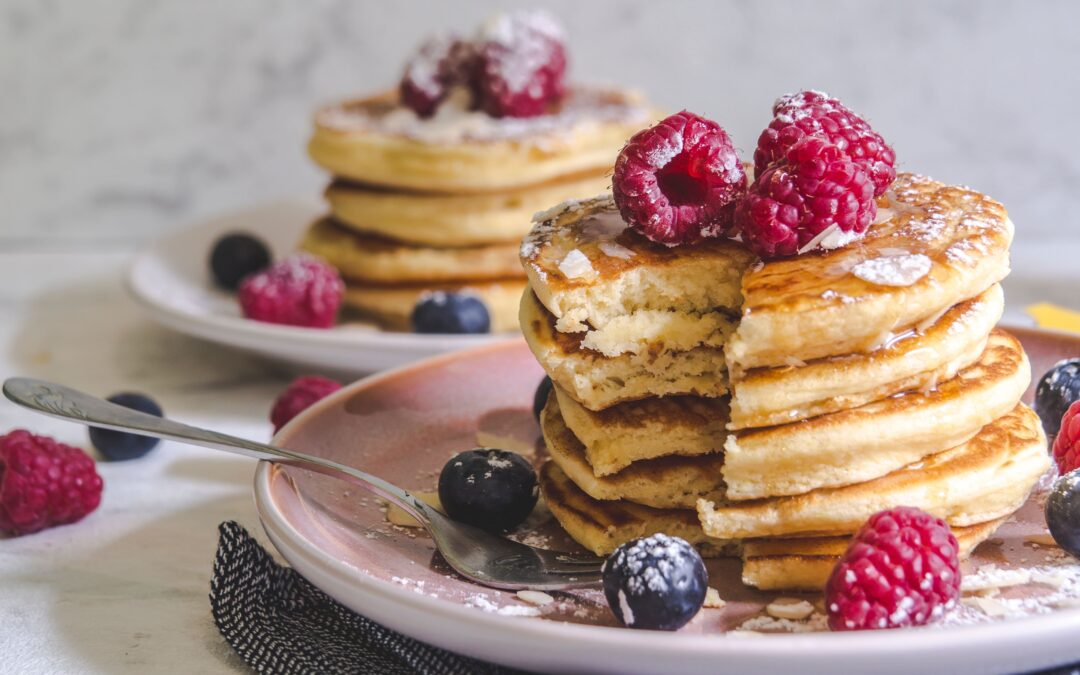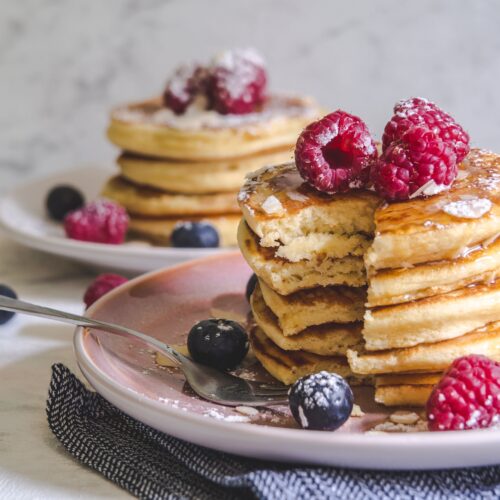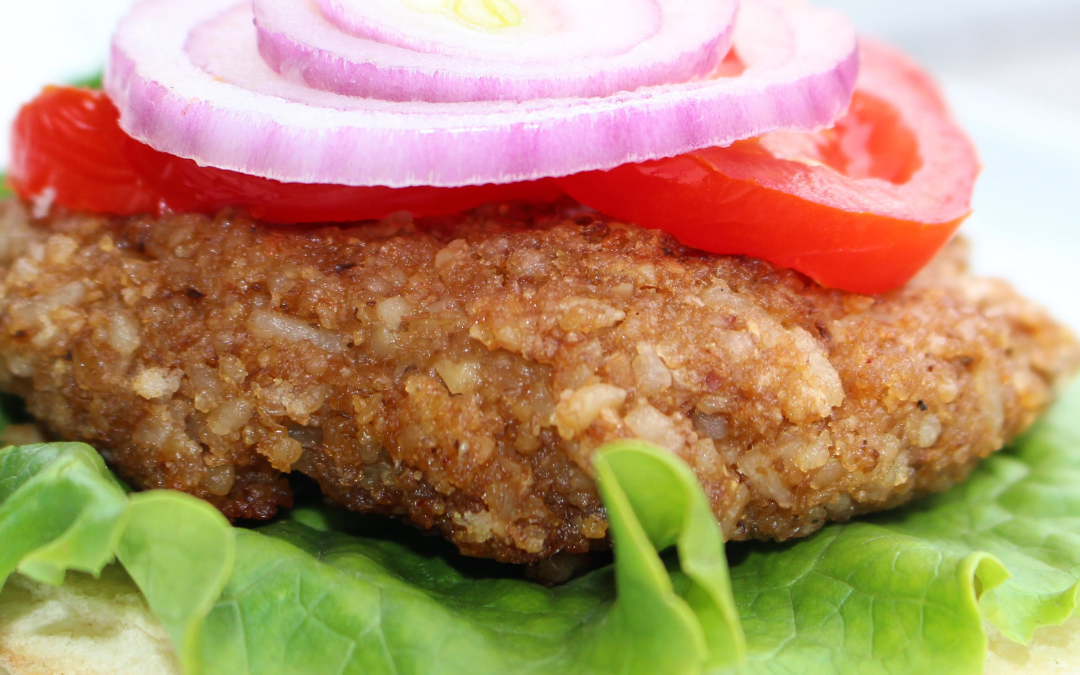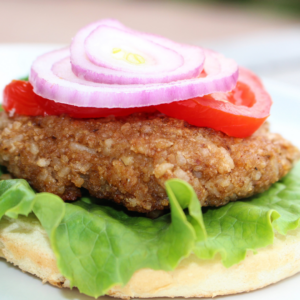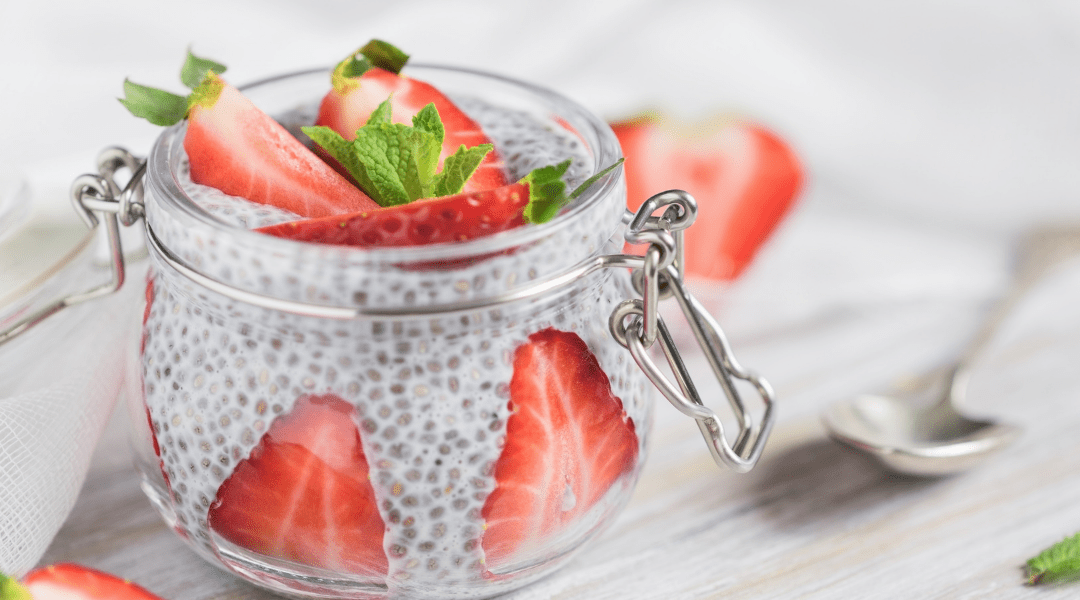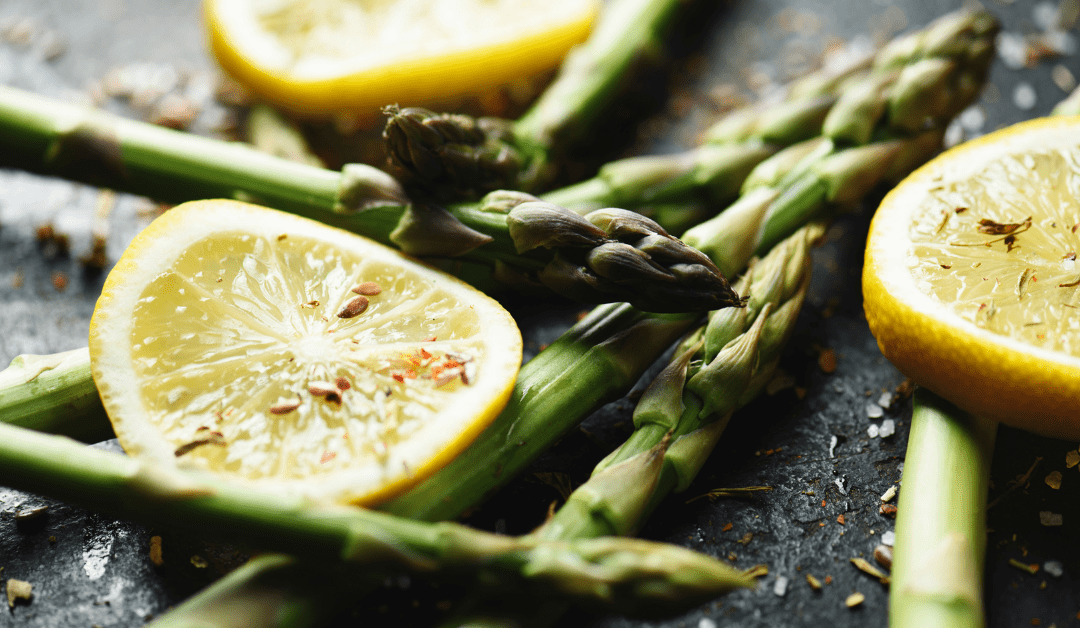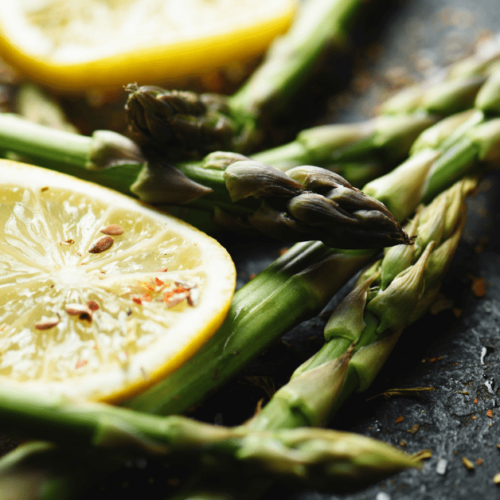
by Julie Pace, RDN | Dec 18, 2020
Your skin is your largest organ that plays a vital role in your overall health and wellness. Not only does it protect what’s inside your body by keeping water and nutrients in, it also keeps harmful bacteria and viruses out. In addition, your skin helps you maintain your body temperature and makes vitamin D when exposed to the sun. It’s also full of nerve endings to help you sense the outside world and avoid damage from things that are too hot, cold, or sharp.
Nutrients to Promote Healthy Skin
Skin care isn’t only something we need to do on the outside. What we eat and drink affects all of our vital organs—including our skin. Below is a list of some of the essential nutrients you need in order to keep your skin well-nourished so that you can look and feel your very best.
Water
Did you know that up to 60% of the human adult body’s composition is water? Water plays many important roles in your body. It’s the main component in your cells and fluids, it allows you to maintain your body temperature and it provides shock absorption for your joints.
Your skin has three layers. The outermost layer—the one you see and feel—is called the epidermis. The middle layer is the dermis and underneath that is your hypodermis. When your epidermis doesn’t have enough water, your skin feels rough and loses elasticity. One clinical study found that when participants who didn’t drink a lot of water increased their intake, their skin became more hydrated and their skin’s “extensibility” improved within 2 weeks. Drinking more water can help skin hydration and may be particularly beneficial if you have dry skin or don’t drink enough water.
How much water do you need every day? According to the Mayo Clinic, women should aim for 2.7 L (11.5 cups) of fluids per day, while men should aim for 3.7 L (15.5 cups) per day. Note that these fluids can come from drinking water or other beverages, and can even come from water-rich foods like soups, fruits, and vegetables. Your personal water needs may be higher if you sweat a lot from physical activity or live in a hot, humid environment, if you are pregnant or breastfeeding, or if you are prone to urinary or digestive tract conditions such as kidney stones, vomiting, diarrhea.
Not a fan of drinking water? Infuse your water with your favorite fruit or herbs to help you consume more throughout the day.
Protein
Protein is an essential macronutrient that plays an important role in the structure of your skin and body. Different proteins are made by combining different building blocks called animo acids. Protein makes up parts of your cells, immune system antibodies, and the enzymes needed for thousands of reactions including digestion.
Your skin is made up of several different proteins. For example, collagen and elastin are very plentiful and build up the structure of your skin. Over time, and with exposure to the elements, your body’s ability to produce collagen decreases. Keratin is another important protein in your skin. Keratin makes up the outer epidermis layer giving it rigidity and enhancing its barrier protection.
The recommended daily amount of protein is based on your body weight. For every 20 pounds you weigh you should try to get just over 7 grams of protein each day. This means a person who weighs 140 pounds needs about 50 g protein/day, while someone who weighs 200 pounds would need about 70 g protein/day. Protein is found in meat, poultry, fish, dairy, and eggs. Plant-based sources of protein include soy, lentils, beans, nuts, seeds, whole grains, and even vegetables like corn, broccoli, and asparagus.
Essential Fatty Acids
Getting plenty of healthy fats in your diet can give your skin a “glow”. On the other hand, too little fat in your diet can make your skin wrinkly and dry. Omega-3’s and Omega-6’s are two types of fatty acids that are essential nutrients for our health and our skin. Omega-3 fatty acids in particular are ant-inflammatory and have been linked to many other health benefits including improvements in rheumatoid arthritis, ulcerative colitis, diabetes, heart disease, and psoriasis, to name a few.
You can get these essential fatty acids from nuts (walnuts), seeds (flax, chia, pumpkin, sunflower, sesame), oils (soy, canola), leafy vegetables, and avocados. Essential fatty acids are also available in supplements which may contain additional vitamins and minerals. Consider taking pollutant /contaminant free yeast or algae-derived Long Chain Omega 3’s daily. Consult with a registered dietitian for supplement recommendations.
Vitamin C
Vitamin C is a water-soluble powerful antioxidant that carries out many functions in the body. It provides some protection for your skin from the UV rays, however, you should always wear sunscreen for optimal protection., Another important role of vitamin C is that it helps to produce collagen. Collagen helps to keep your skin firm and elastic. Unfortunately, as you age collagen production declines, therefore making sure you get adequate amounts of vitamin C is vital in protecting and preserving your skin.
Every day you should aim for at least 75 mg of Vitamin C. It is relatively easy to consume your recommended dietary intake of vitamin C from fruits and vegetables such as bell peppers, citrus fruits, oranges, grapefruits, broccoli, cauliflower, strawberries, kiwis, blackcurrants, potatoes, rose hip, and parsley.
Vitamin E
Vitamin E is a group of essential vitamins called tocopherols. They are fat-soluble antioxidants that work synergistically with Vitamin C. When given together, vitamins C and E (and zinc) can speed up wound healing. Signs of a vitamin E deficiency is linked to dry itchy skin..
Vitamin E is often applied directly (topically) on the skin to reduce redness and some of the effects of sun damage. Ingesting Vitamin E helps the skin from the inside by protecting collagen and fats from breaking down. One clinical study successfully improved symptoms of dermatitis (skin inflammation) in participants who took Vitamin E supplements over the course of several months.
The recommended daily allowance for Vitamin E (alpha-tocopherol) is 15 mg. You can get Vitamin E in vegetables, oils (wheat germ oil, olive oil, vegetable oil, sunflower oil), sunflower seeds, nuts (almonds, hazelnuts), spinach, broccoli, corn, kiwis, and soy.
Skin care beyond nutrition
While nutrition is essential to promote healthy skin from within, it is important to remember to incorporate other skin care practices that will help protect and nurture your skin health.
- Use gentle cleansers and warm (not too hot) water to keep skin clean
- Moisturize after taking a shower or washing your hands
- Avoid things that bother your skin such as harsh cleansers, fragrances, and irritating fabrics
- If you have allergies or intolerances (e.g., to gluten or pollen), avoid those
- Limit your sun exposure and use sunscreen as appropriate
- Be physically active
- Try to get enough quality sleep
- Use a humidifier and wear gloves when the weather is dry and cold
- Avoid tobacco
The bottom line
The nutrients you consume feed your whole body—including your skin. As your largest organ with many critical roles, your skin needs a variety of different nutrients every single day. Water, protein and essential fatty acids are important macronutrients. The antioxidant vitamins C and E are among some of the micronutrients your skin needs to heal and stay healthy.
In addition to nutrition, caring for the outside of your skin is also important. Using gentle cleansers, warm water, and moisturizers, and avoiding irritants and allergens will help. If you have any medical concerns with your skin, you should make an appointment with your healthcare professional.
For a nutritious approach to skin health, consult with a registered dietitian nutritionist who can assess for nutritional deficiencies and discuss your nutritional concerns and dietary restrictions.
Need some help to identify what foods your skin needs, or need guidance ton how o implement delicious skin-boosting foods into your day-to-day life? Schedule a free 15 minute consultation at http://www.corenutritionhw.com/services
References
Cleveland Clinic. (2016, March 17). Skin. Retrieved from https://my.clevelandclinic.org/health/articles/10978-skin
Harvard Health. (2018, May). Getting rid of the itch of eczema. Retrieved from https://www.health.harvard.edu/diseases-and-conditions/getting-rid-of-the-itch-of-eczema
Harvard Health. (2018, November). Can a gluten-free diet help my skin? Retrieved from https://www.health.harvard.edu/staying-healthy/can-a-gluten-free-diet-help-my-skin
Harvard T.H. Chan School of Public Health (n.d.). Protein. Retrieved from https://www.hsph.harvard.edu/nutritionsource/what-should-you-eat/protein/
Hodges, A. L., & Walker, D. K. (2017). Skin Care for Women. Nursing for women’s health, 20(6), 609–613. https://doi.org/10.1016/j.nwh.2016.10.001
https://pubmed.ncbi.nlm.nih.gov/27938801/
Huang, T. H., Wang, P. W., Yang, S. C., Chou, W. L., & Fang, J. Y. (2018). Cosmetic and Therapeutic Applications of Fish Oil’s Fatty Acids on the Skin. Marine drugs, 16(8), 256. https://doi.org/10.3390/md16080256
https://www.ncbi.nlm.nih.gov/pmc/articles/PMC6117694/
Keen, M. A., & Hassan, I. (2016). Vitamin E in dermatology. Indian dermatology online journal, 7(4), 311–315. https://doi.org/10.4103/2229-5178.185494
https://www.ncbi.nlm.nih.gov/pmc/articles/PMC4976416/
Mayo Clinic. (2020, October 14). Water: How much should you drink every day? Retrieved from https://www.mayoclinic.org/healthy-lifestyle/nutrition-and-healthy-eating/in-depth/water/art-20044256
Mayo Clinic. (2020, November 21). Does drinking water cause hydrated skin? Retrieved from https://www.mayoclinic.org/healthy-lifestyle/adult-health/expert-answers/hydrated-skin/faq-20058067
NIH National Institute of Arthritis and Musculoskeletal and Skin Diseases (2019, July). Healthy Skin Matters. Retrieved from https://www.niams.nih.gov/health-topics/kids/healthy-skin#tab-id-2
NIH News in Health. (2015, November). Keep your skin healthy. Retrieved from https://newsinhealth.nih.gov/2015/11/keep-your-skin-healthy
NIH Office of Dietary Supplements. (2020, February 27). Vitamin C. Retrieved from https://ods.od.nih.gov/factsheets/VitaminC-HealthProfessional/
NIH Office of Dietary Supplements. (2020, July 31). Vitamin E. Retrieved from https://ods.od.nih.gov/factsheets/VitaminE-HealthProfessional/
Palma, L., Marques, L. T., Bujan, J., & Rodrigues, L. M. (2015). Dietary water affects human skin hydration and biomechanics. Clinical, cosmetic and investigational dermatology, 8, 413–421. https://doi.org/10.2147/CCID.S86822
https://www.ncbi.nlm.nih.gov/pmc/articles/PMC4529263/
Schagen, S. K., Zampeli, V. A., Makrantonaki, E., & Zouboulis, C. C. (2012). Discovering the link between nutrition and skin aging. Dermato-endocrinology, 4(3), 298–307. https://doi.org/10.4161/derm.22876
https://www.ncbi.nlm.nih.gov/pmc/articles/PMC3583891/
University of Michigan Medicine. (2019, August 21). High protein foods for wound healing. Retrieved from https://www.uofmhealth.org/health-library/abs1199
